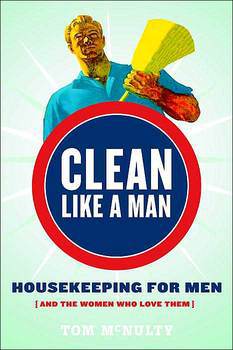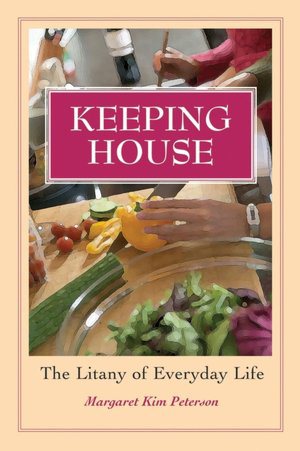So, Paula Deen, the TV cook, restaurateur, and cookbook author, has Type II diabetes.
And, apparently, she’s known about it for quite some time. There’s speculation that she’s kept her diagnosis quiet to protect her lucrative career as Queen of Southern Cooking. Of course, now that it’s out in the open, she’s announced that she’s teaming with NovoNordisk to promote a new diabetes drug.
In a USA Today interview, Deen noted that she was sad, because she thought she’d have to change her whole lifestyle. But thanks to the drug–and the addition of some moderate exercise in addition to cutting out the gallons of sweet tea–she’s doing just fine.
While Deen has been criticized by Anthony Bourdain for her super-rich recipes (he called her the “most destructive influence on the Food Network”), she says that she doesn’t cook her high-butter, high-sugar recipes every day. And while I’m never excited about pharmaceutical answers to lifestyle questions (it makes so much sense to prevent Type 2 diabetes, because it’s largely preventable), I have to say I’m just not sure that Paula Deen deserves as much criticism as she gets.
And that’s because I am pretty sure that cooking–even somewhat heavy cooking–is more of a cure than a disease–even when we’re talking about Paula Deen’s cooking. Let’s not forget that Julia Child cooked with “slabs of butter and glugs of cream,” too.
To me, even “unhealthy” home cooking is nearly always healthier than preprocessed food for a few simple reasons:
1. Preprocessed food is engineered for hyperpalatability–meaning that it’s designed to be appealing, addictive, and to go down easy (more on that here.)
2. (related to #1) Preprocessed food has profit-motive in mind.
3. Preprocessed food is too easy. If you make French fries or doughnuts from scratch at home, you won’t make them that much, because they’re a major pain in the butt. So you’ll only make & eat them at reasonable intervals
and
4. The effort that goes into home cooking–if recognized properly by everyone involved in the eating--brings it’s own kind of reverence, which helps moderate appetite. (I think.)
That’s one reason why I like everyone to play a role in making family meals happen. When we have a strong sense of time and effort and cooperation it takes to get a meal to the table, we’re apt to eat more reverently and less mindlessly.
So while I would rather Paula Deen not capitalize on her diagnosis to make pharmaceutical endorsements, I can’t bring myself to “hate on” her. Neither she nor her recipes are responsible for childhood obesity or for the preponderance of preventable diet-related disease.
Because that’s a problem that’s bigger than any one person.









